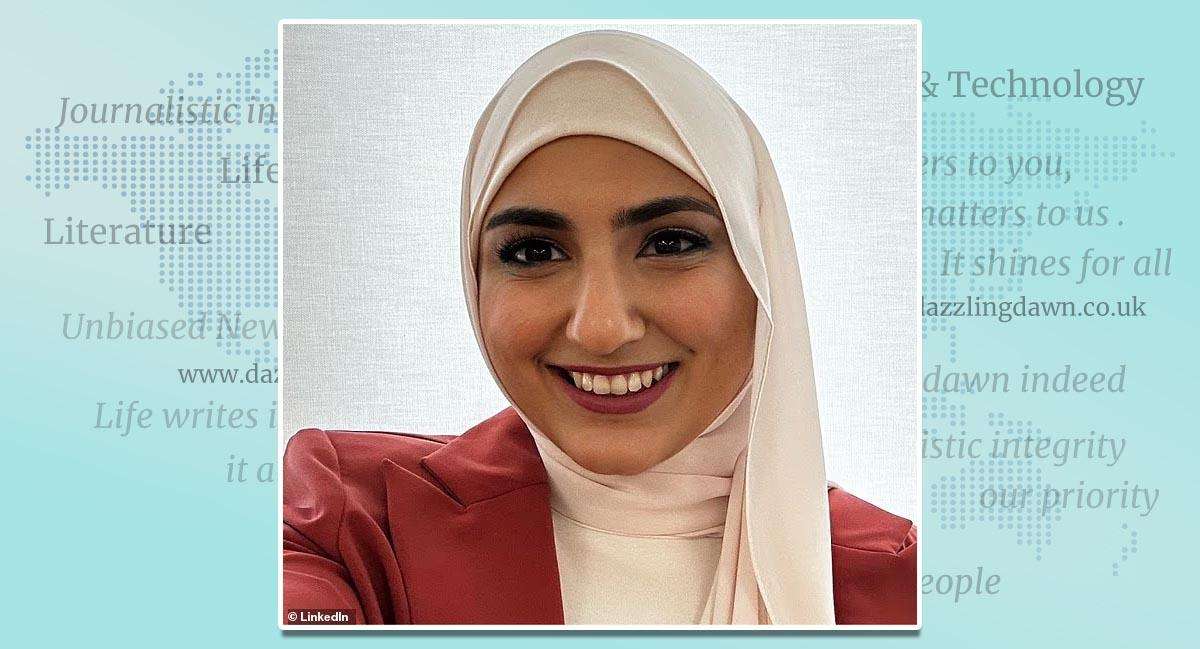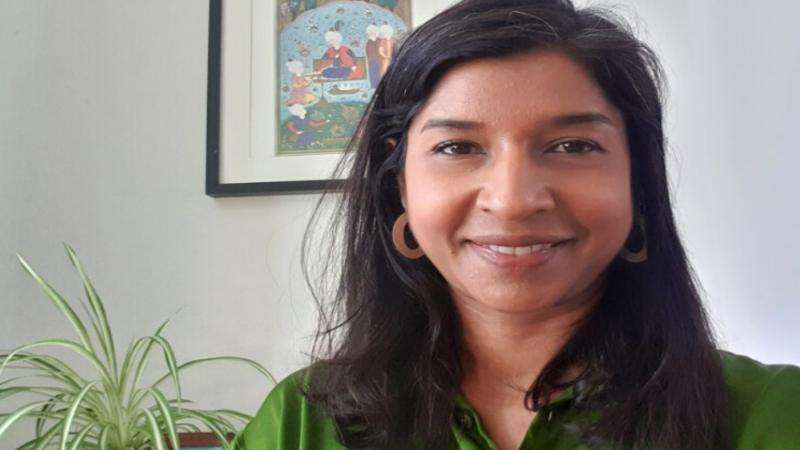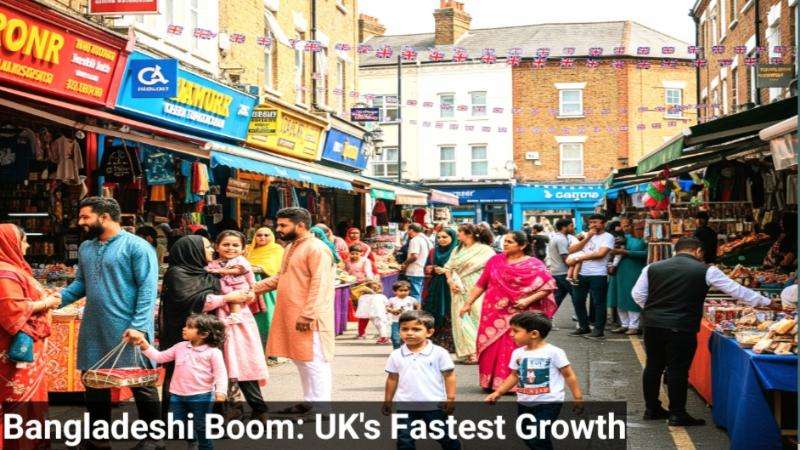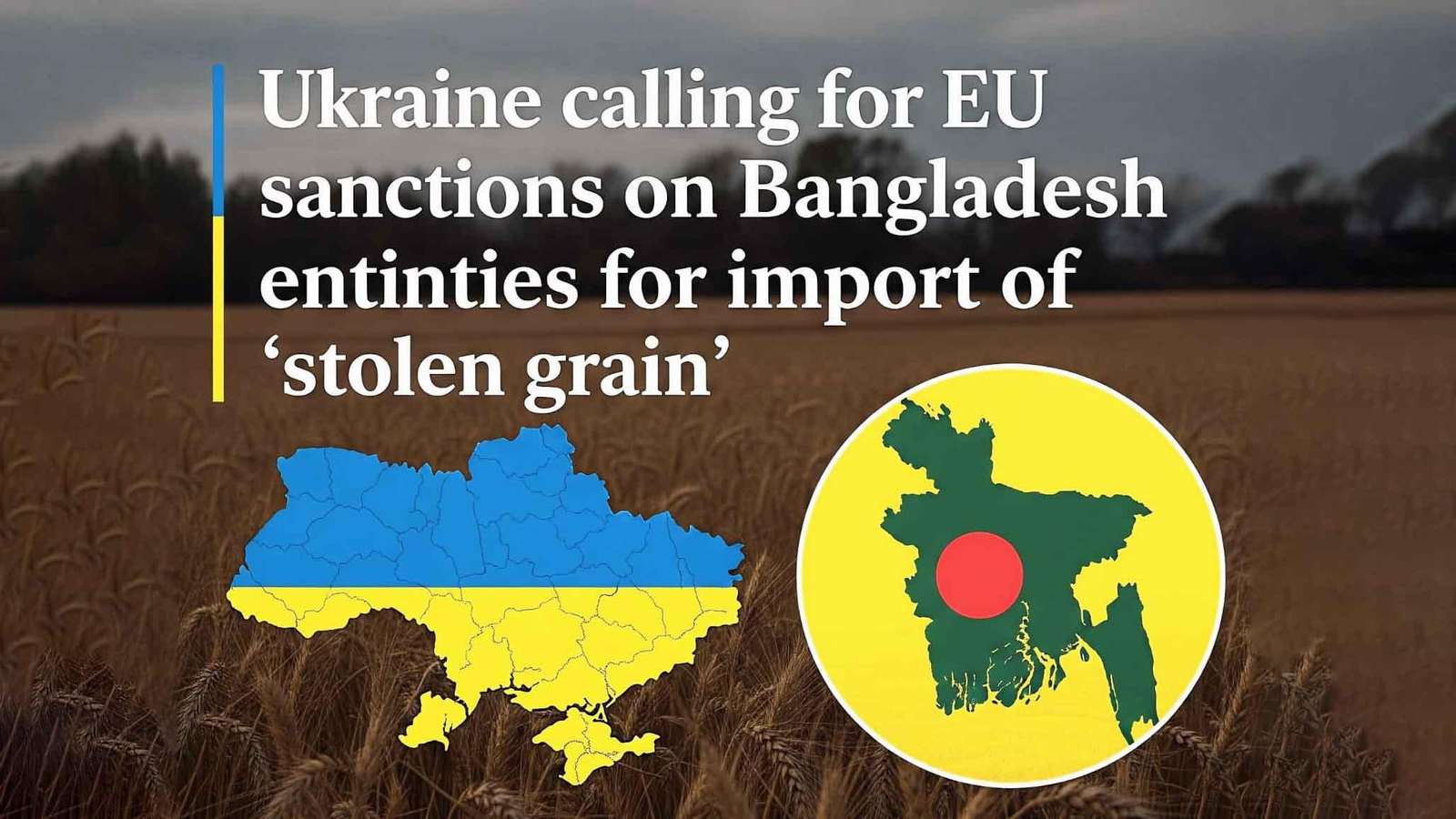The British Bangladeshi community is emerging as a significant driver of population growth in several key UK urban areas, with new official data from the Office for National Statistics (ONS) highlighting Tower Hamlets as the fastest-growing local authority in the entire United Kingdom. This expansion is not solely attributed to internal movement within the UK but heavily influenced by international migration, including a notable trend of Bangladeshis arriving from European countries, Daily Dazzling Dawn understands.
According to ONS subnational population projections based on mid-2022 figures and extending to mid-2032, Tower Hamlets is forecast to experience a staggering 20.38% population increase. Its population is predicted to surge from 323,854 in mid-2022 to 389,845 by mid-2032. Critically, net international migration is expected to contribute an estimated 87,576 new residents to the borough, a stark contrast to most other areas in England where internal migration is the primary growth factor. Tower Hamlets is home to a highly diverse population, with 33% of residents identifying as of Bangladeshi heritage, according to local council data.
Beyond Tower Hamlets, other traditionally British Bangladeshi populated areas in London are also set for substantial growth. Islington, famed for Arsenal Football Club, is projected to see a 13.1% population increase, growing from 219,594 in mid-2022 to 248,818 by mid-2032. While the 2021 ONS data indicates 2.8% of Islington's residents were of Bangladeshi heritage, this reflects a significant established presence. Similarly, Camden, known for its vibrant market, is projected to grow by 13%, from 217,365 in 2022 to 245,651 by 2032. ONS data from 2021 showed that 2.8% of Camden's population was Bangladeshi.
Understanding the Growth Drivers: Birth Rates and European Migration
The growth of the British Bangladeshi community is a multifaceted phenomenon. While detailed, specific birth rates for the British Bangladeshi ethnic group in the UK are not consistently disaggregated in publicly available ONS data, broader statistics highlight a trend. In 2022, mothers born in Bangladesh accounted for 7,007 newborns in the UK, placing Bangladesh 6th on the list of non-UK-born mothers, contributing to nearly one-third (30.3%) of all births in England and Wales being to non-UK-born mothers. This indicates a relatively higher birth rate compared to some other demographic groups within the UK. The British Bangladeshi community, while only comprising 1.1% (644,881 people) of the total population of England and Wales in the 2021 census, has seen significant growth, more than doubling in size from 283,063 in 2001.
Adding to this growth is the increasing number of Bangladeshis settling in the UK from other European countries. While precise, up-to-date figures for this specific migratory pathway are challenging to pinpoint due to the nature of EU freedom of movement pre-Brexit and the EU Settlement Scheme data not disaggregating by ethnicity, earlier reports indicated a substantial trend. For example, some analyses from 2018 suggested that over 50,000 European Bangladeshis had settled in the UK over the preceding five years, with a significant proportion, around 30,000, arriving from Italy. This trend was often driven by a perceived search for better opportunities and established community networks in the UK. Many of these individuals would have applied for settled or pre-settled status under the EU Settlement Scheme. As of December 31, 2024, the EU Settlement Scheme had received 8.4 million applications relating to 6.3 million people, with 4.1 million granted settled status and 2.9 million pre-settled status. While these figures are not broken down by the ethnicity of applicants, it is understood that a notable number of individuals of Bangladeshi origin who previously held EU passports would have been part of this application process.
The ONS further notes that while internal migration is the dominant factor in population change across much of England, international migration is the key driver in many urban areas, including London. This aligns with the projections for Tower Hamlets, where the majority of its population increase is attributed to people moving to the borough from abroad.
This sustained growth in specific London boroughs with established British Bangladeshi communities also has implications for local services. The ONS projections indicate a continued fall in the proportion of young people across London, alongside an increase in adult migrants. This demographic shift is already being observed with planned school closures across London this year, including two in Islington, four in Lambeth, and six in Hackney, primarily due to declining pupil numbers. This contrasts with the likely continued demand for services supporting families and adults within the rapidly growing British Bangladeshi populations in areas like Tower Hamlets, Camden, and Islington.
The data underscores the dynamic nature of the UK's population, with diverse communities playing a central role in shaping the demographic landscape of its major cities. The British Bangladeshi community, through both natural increase and international migration, continues to be a significant component of this ongoing transformation.


_1.jpg)





.svg)



